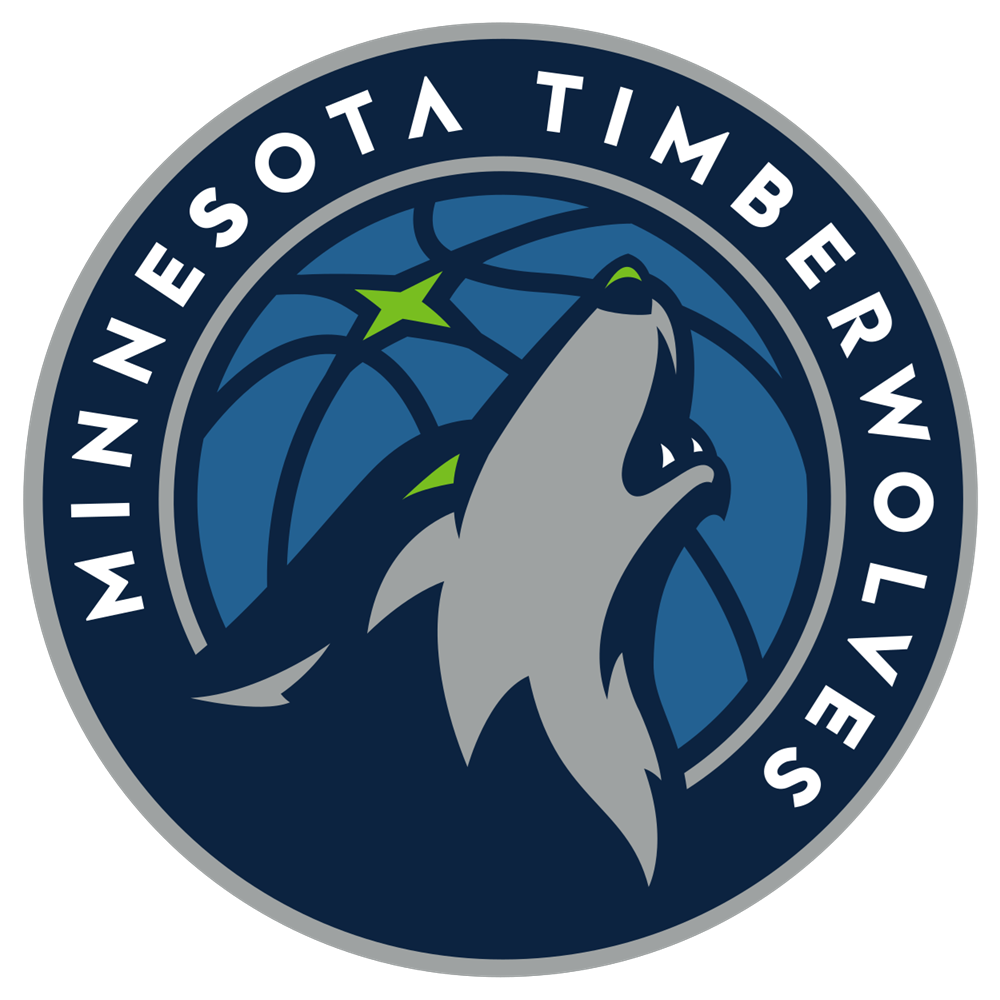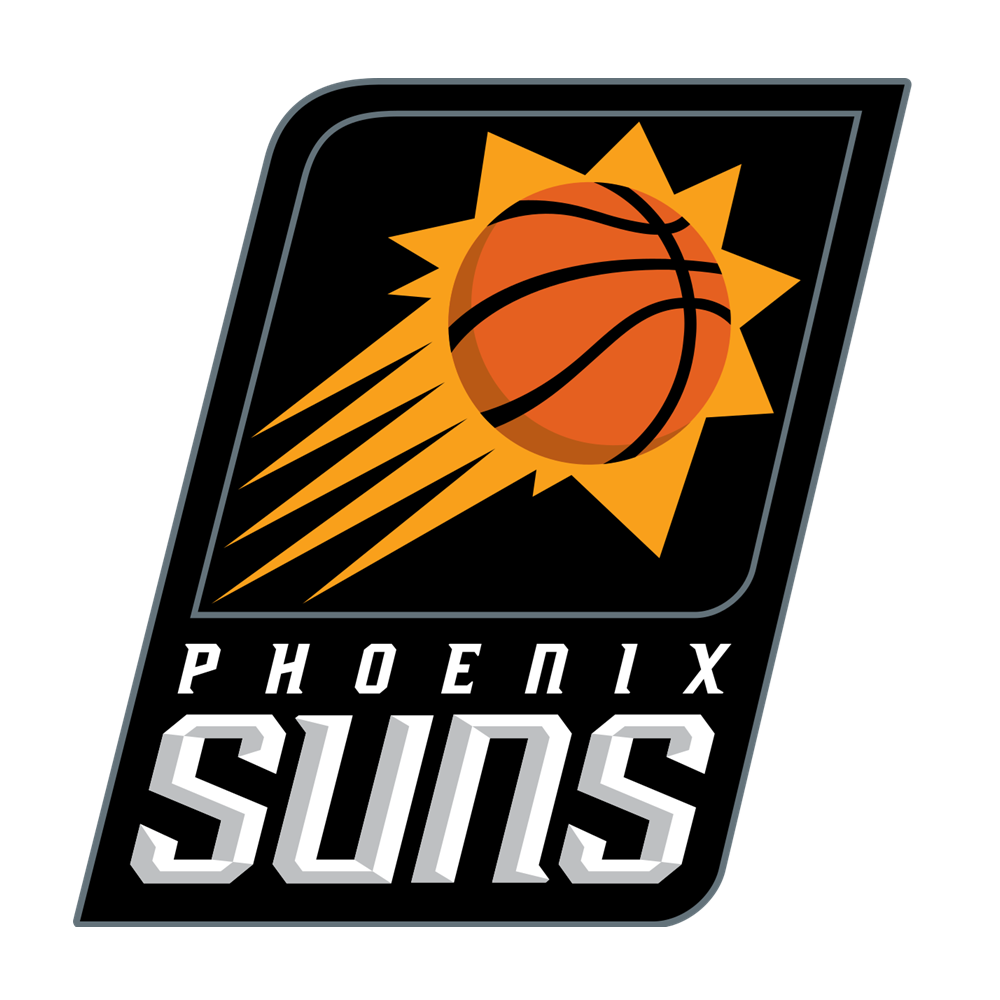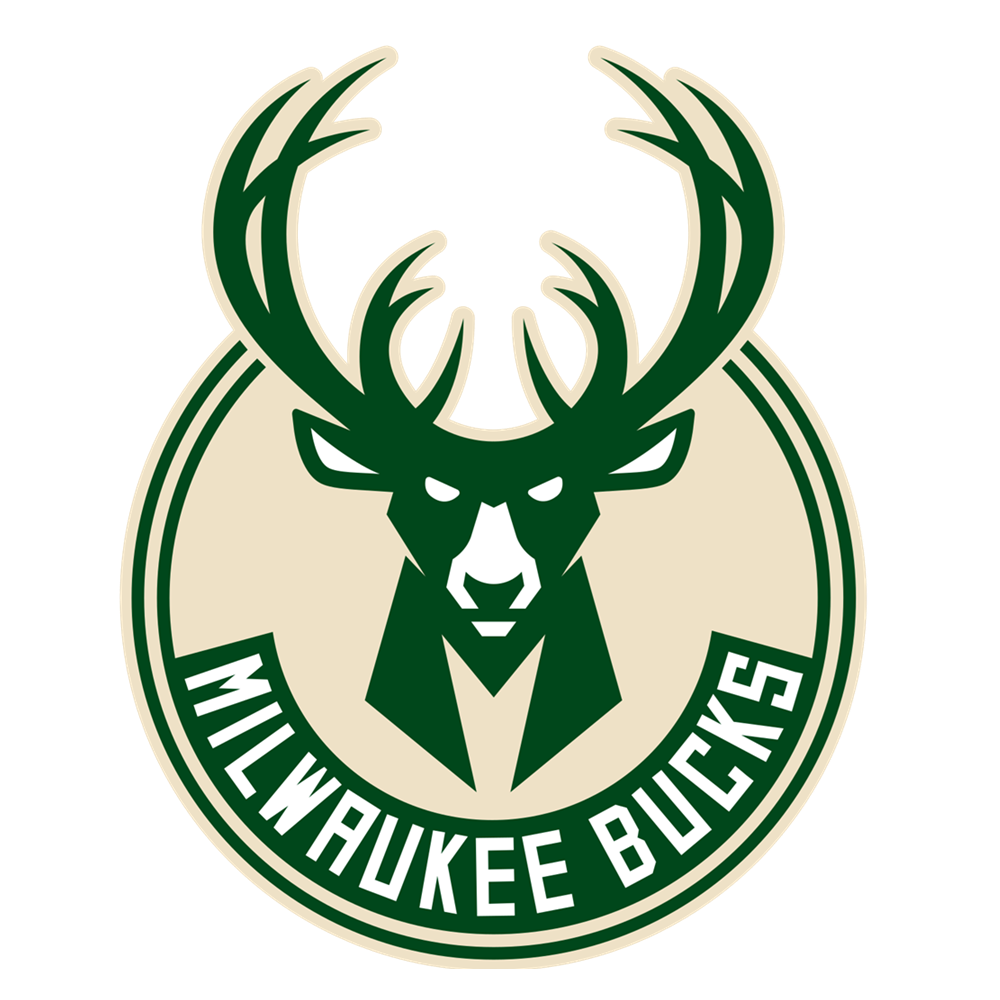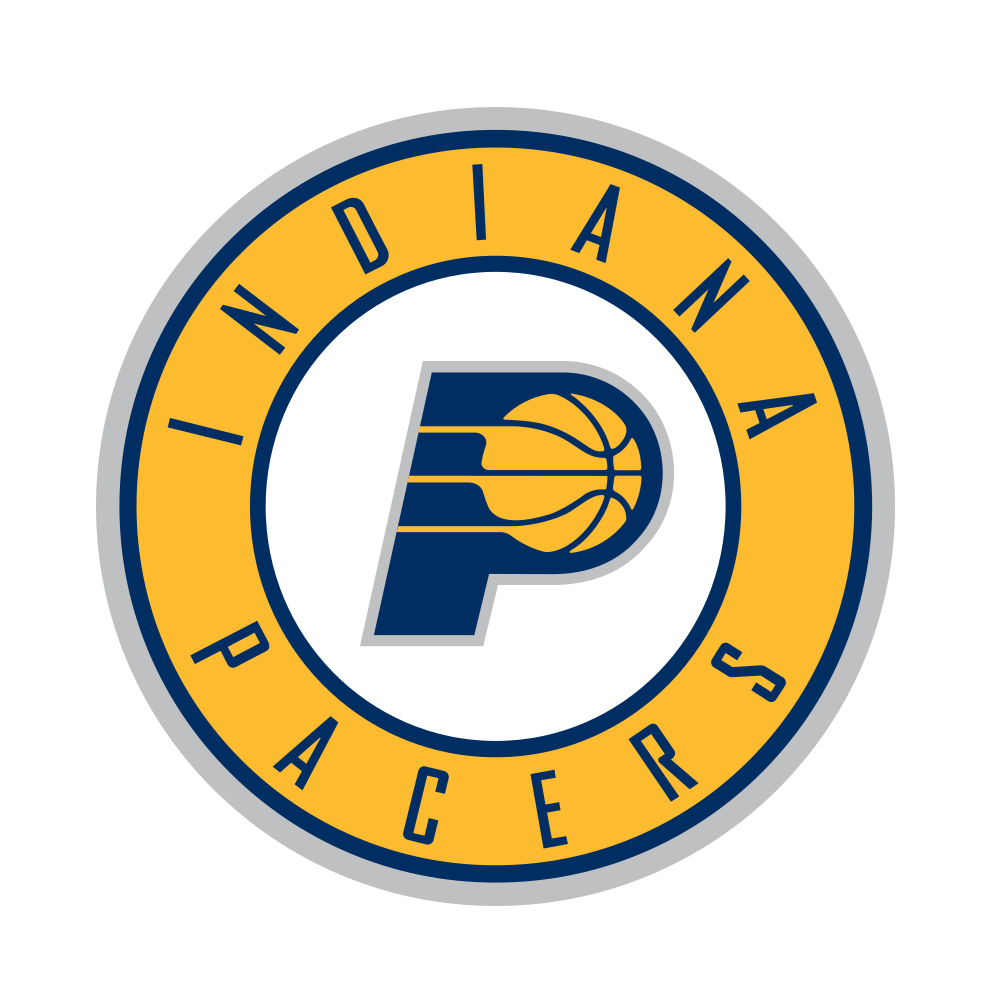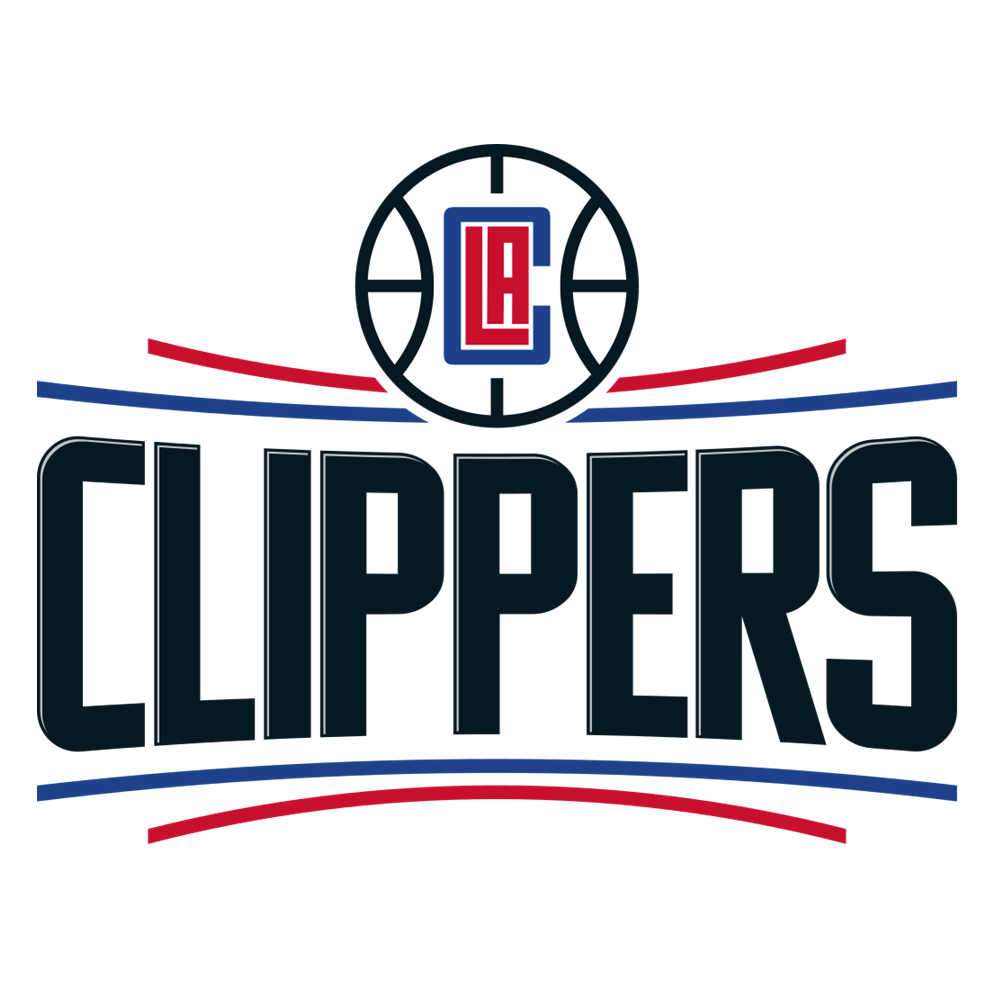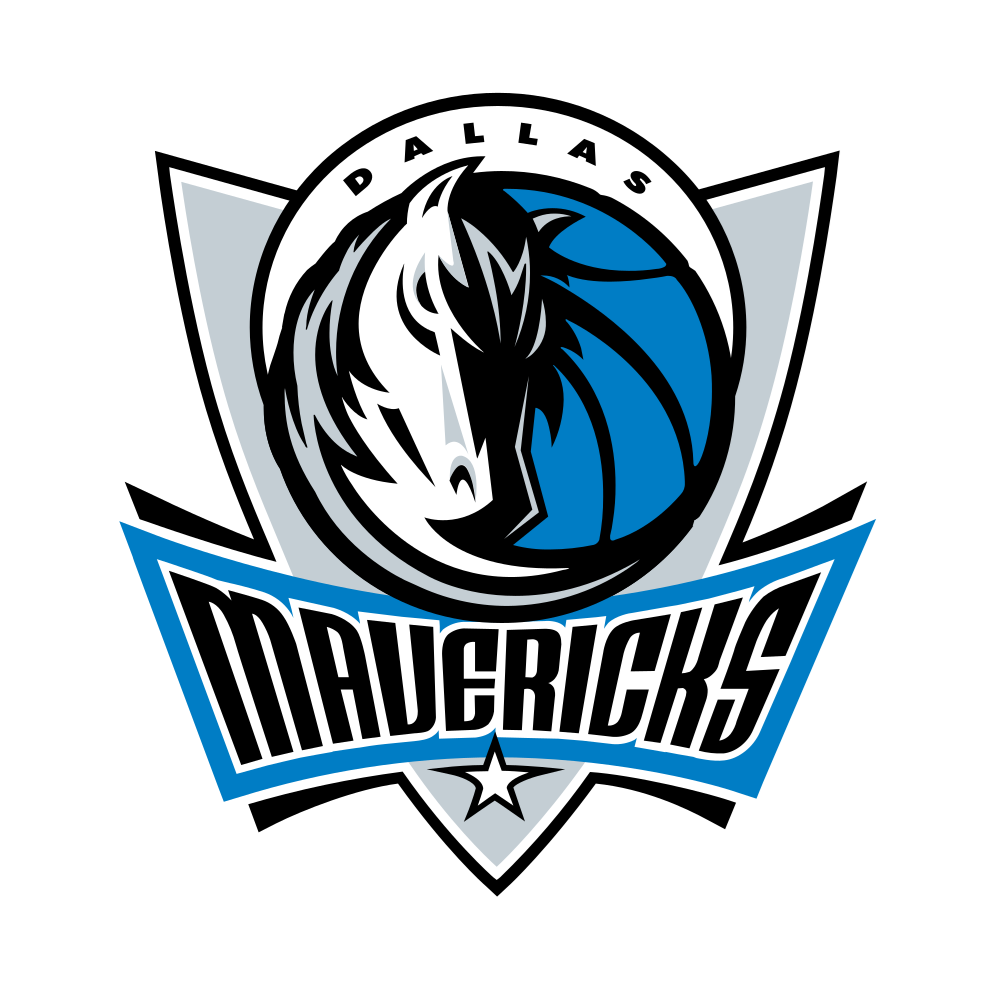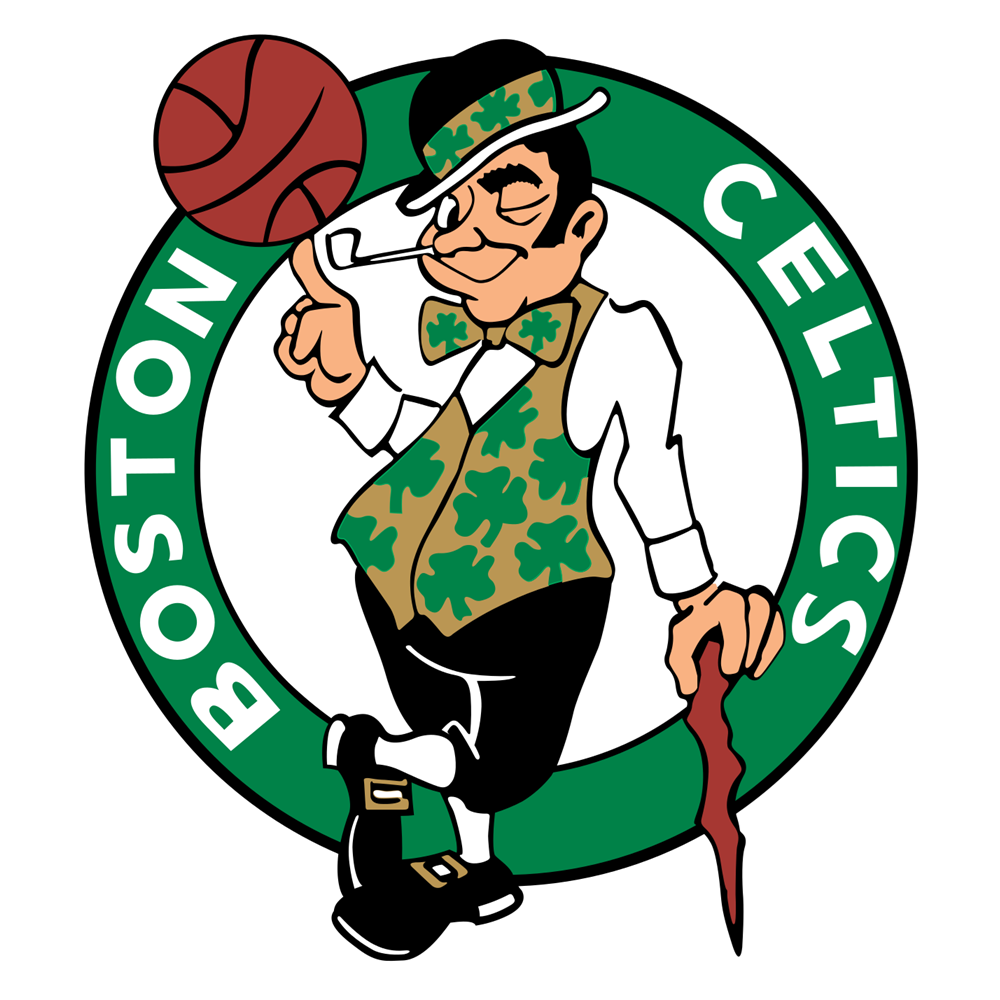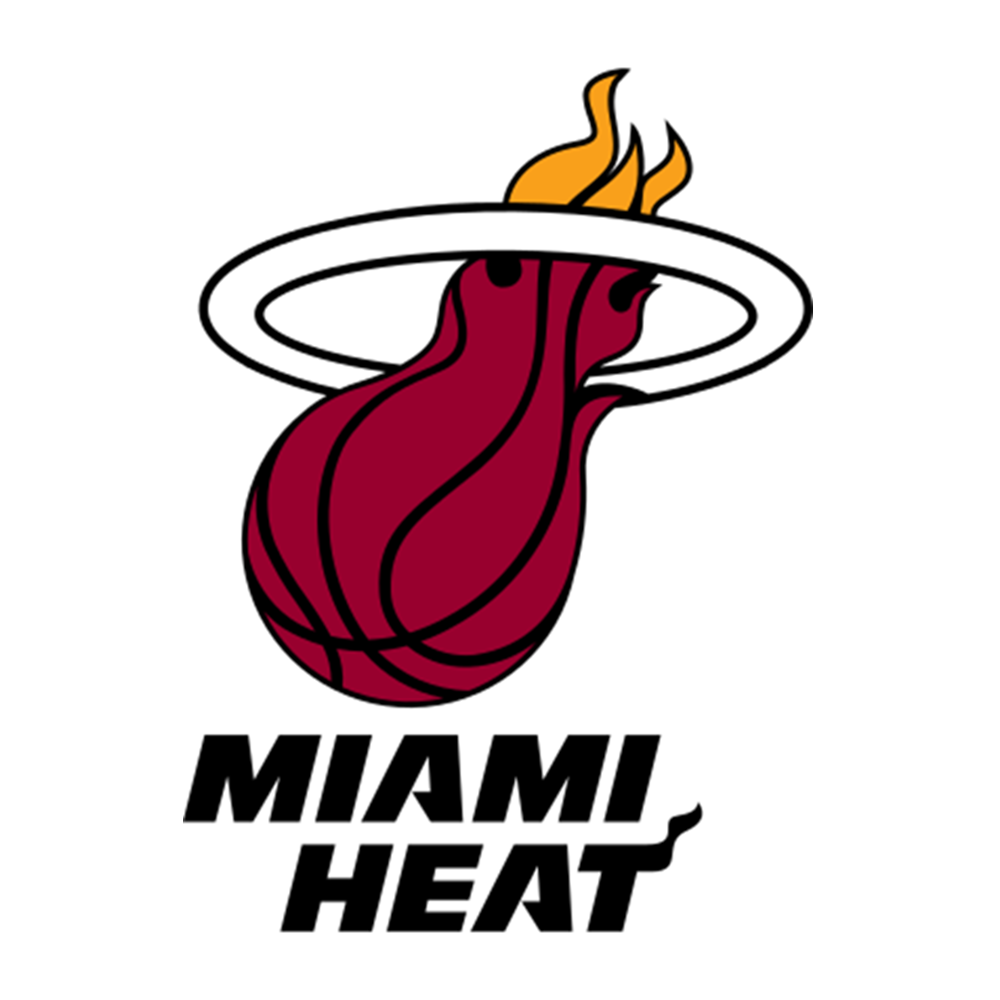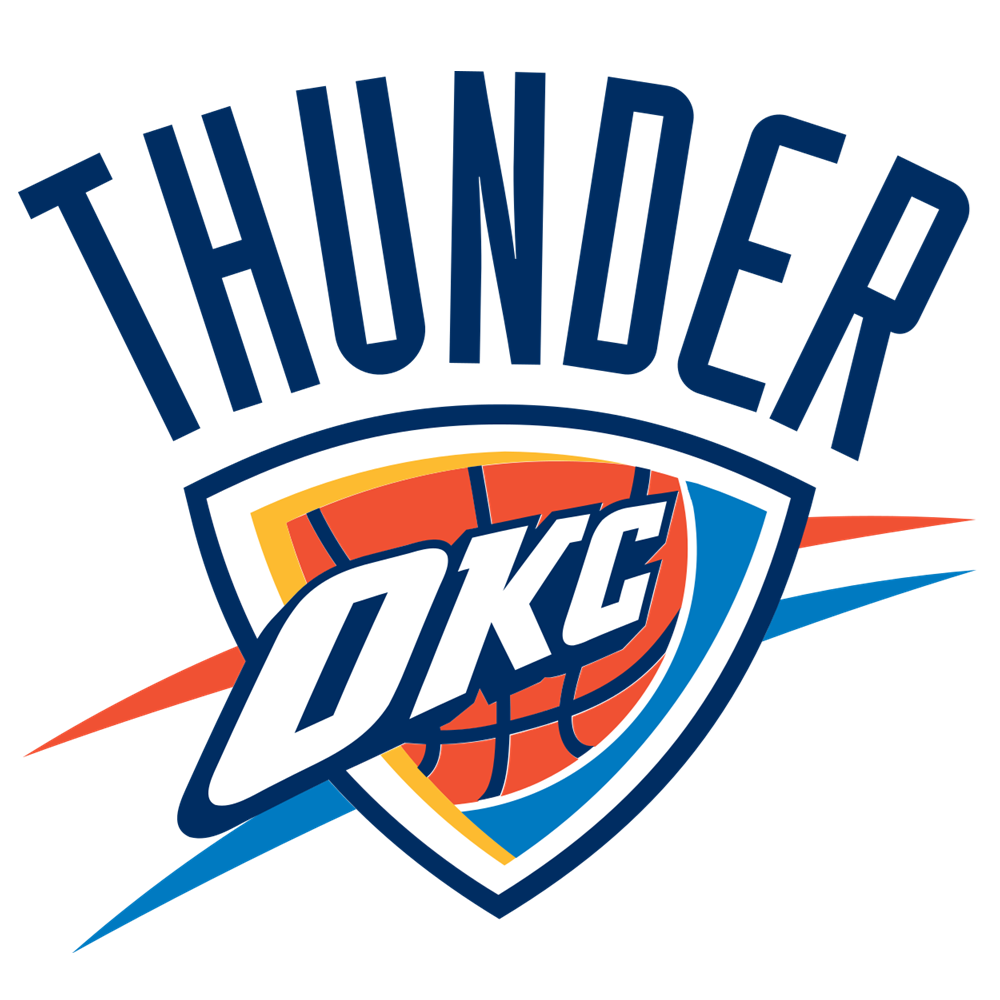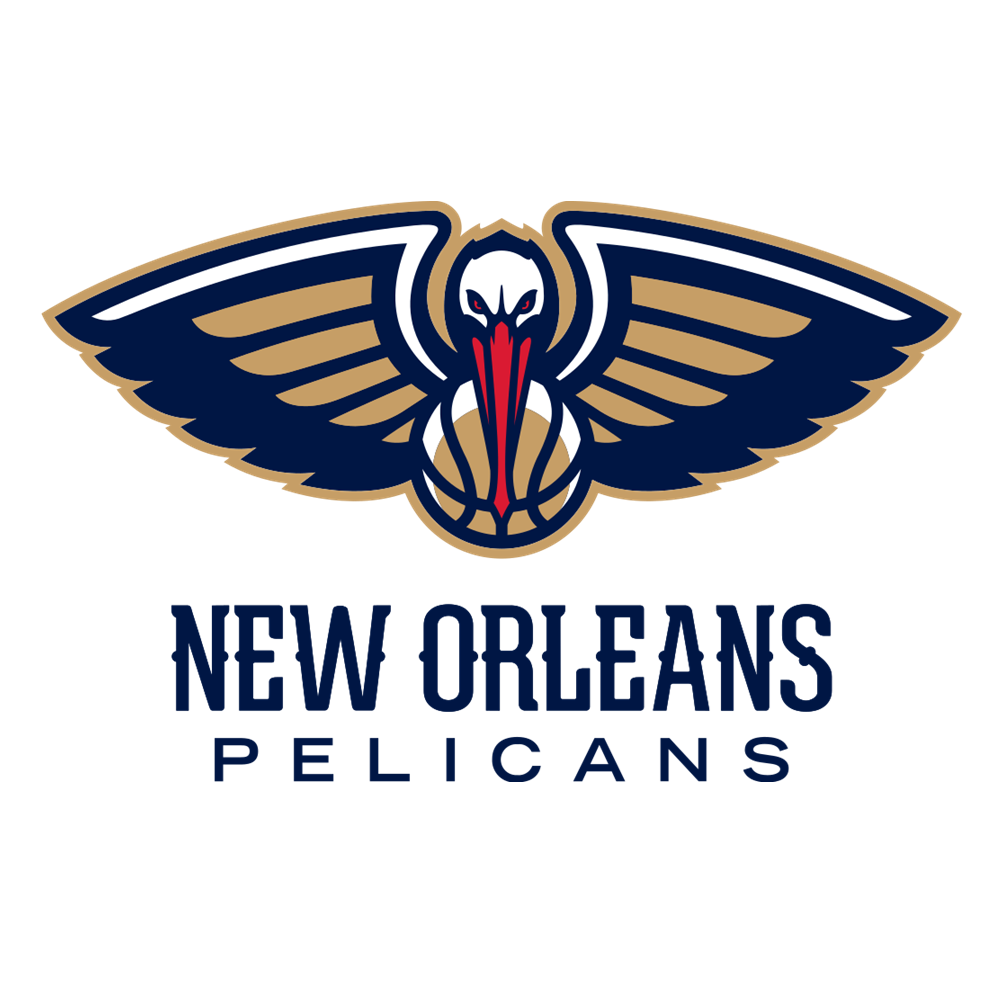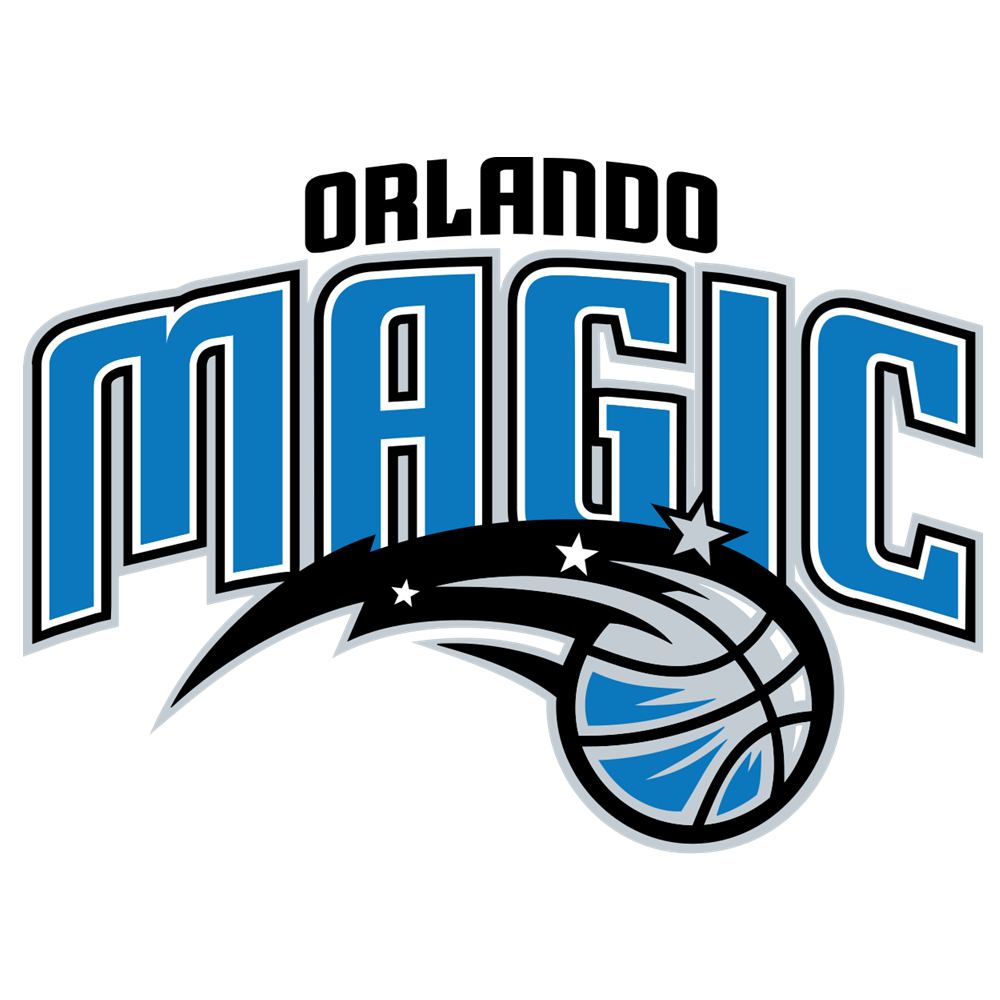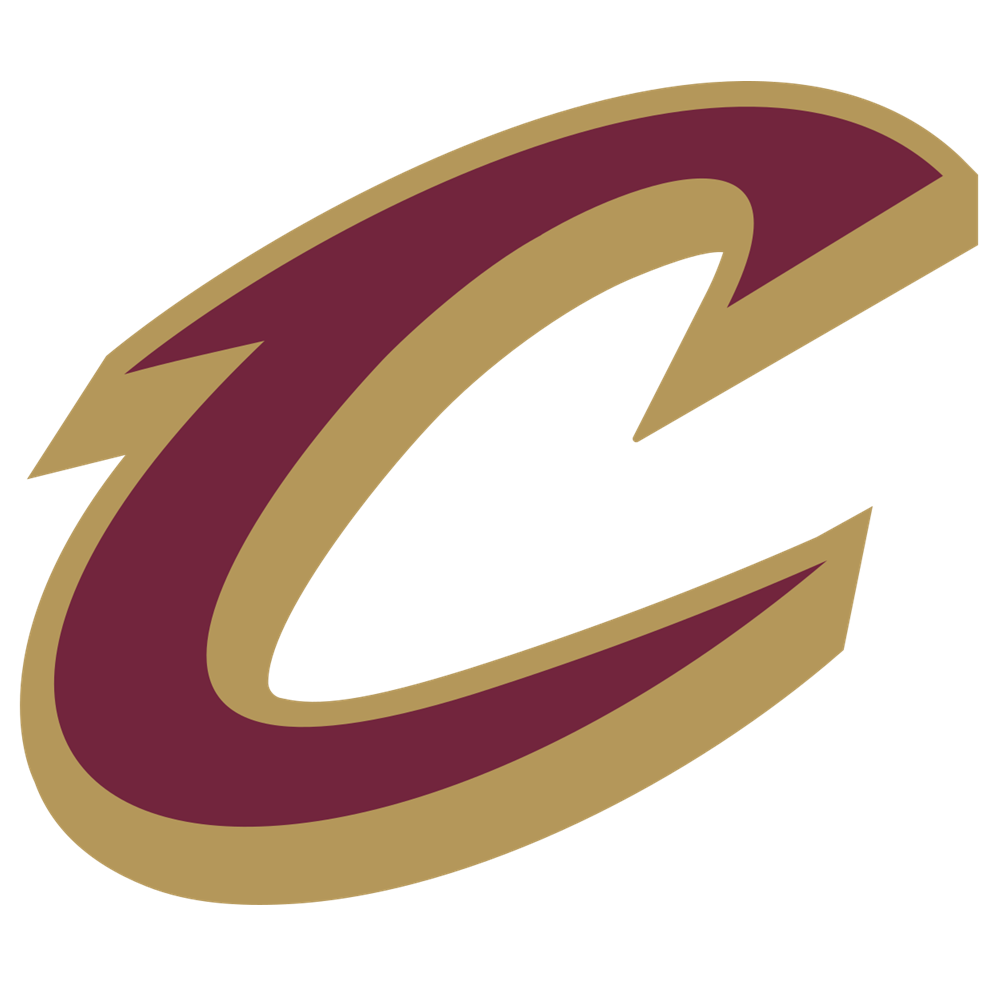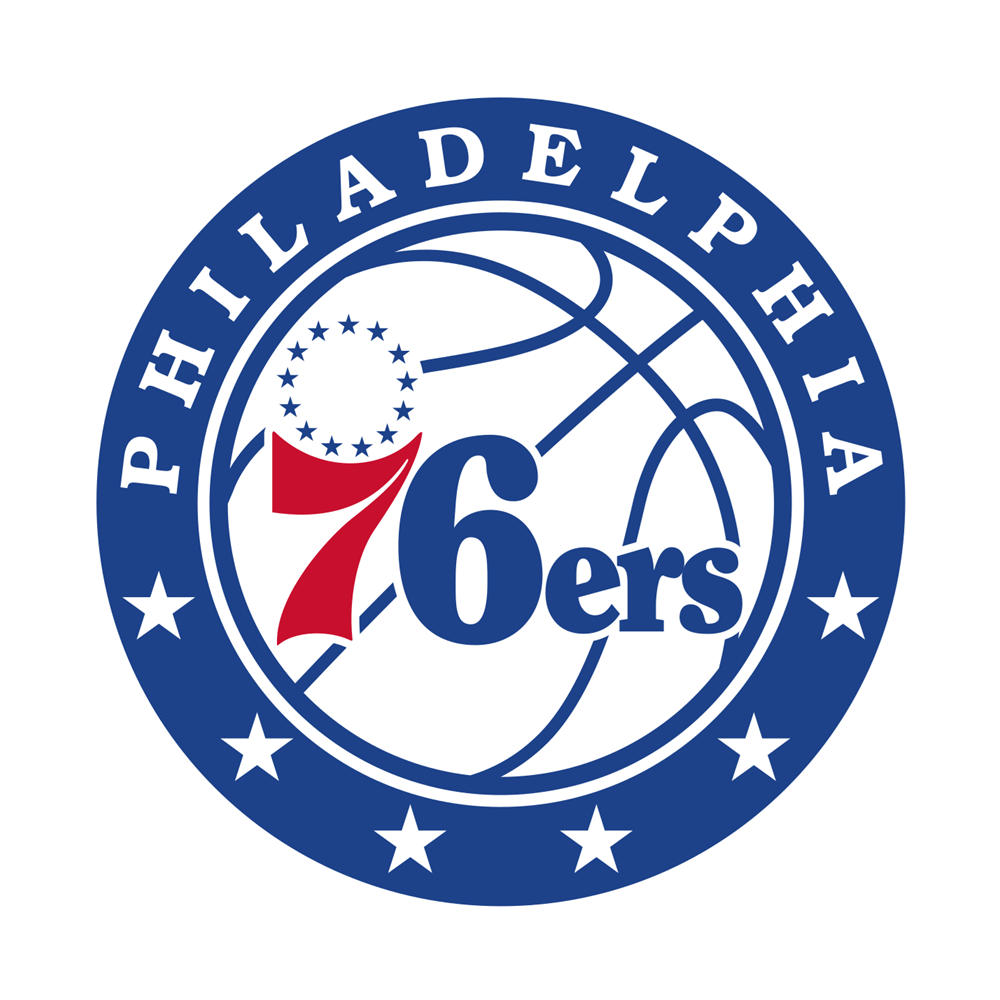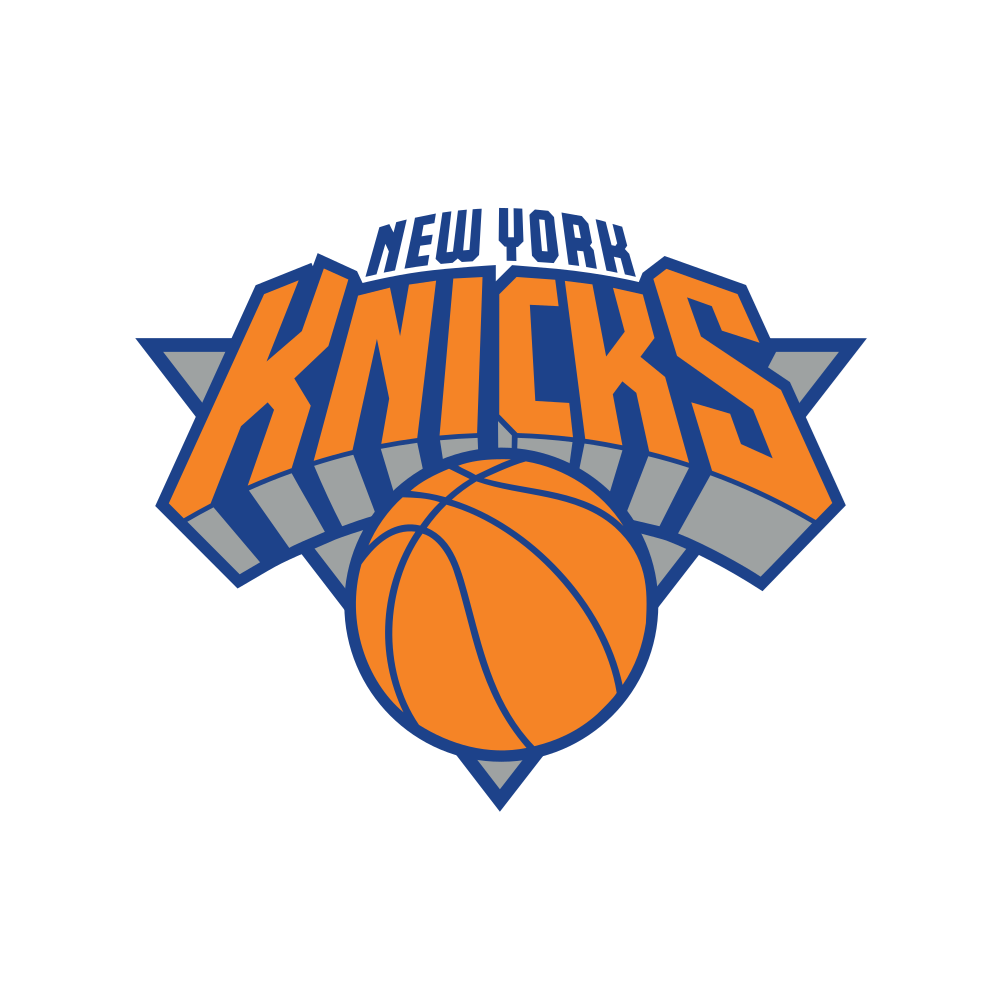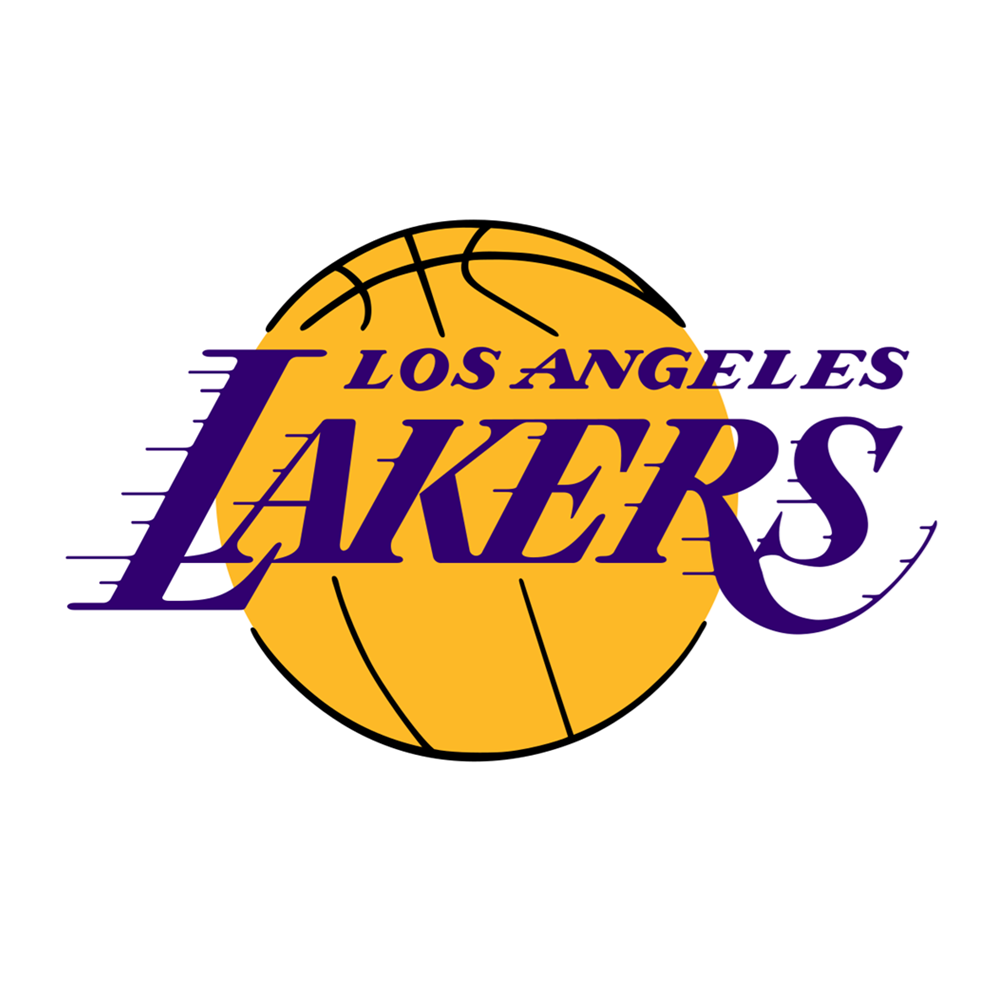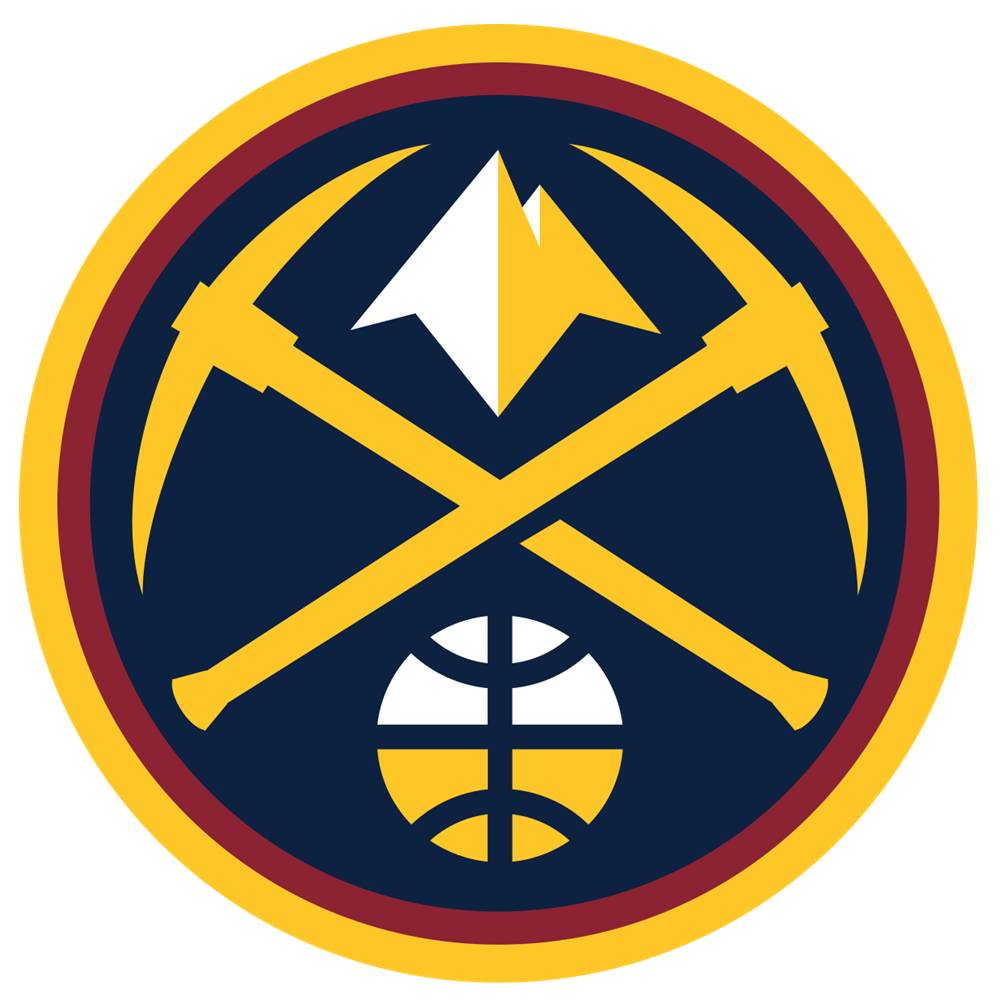Looking back on previous NBA Draft classes is a prime way to prove that hindsight is 20-20.
After a period of time, anyone is able to look back and see which teams struck gold by drafting franchise-altering talent and, on the other end, who selected busts. Of course, most players end up falling in between those two polar opposites.
There are already a number of conclusions that can be made from the 2016 Draft. First, Ben Simmons was clearly the right choice by the Philadelphia 76ers with the No. 1 overall pick. Brandon Ingram (No. 2), Jaylen Brown (No. 3), Kris Dunn (No. 5), Jamal Murray (No. 7) and Domantas Sabonis (No. 11) all seem to have future star potential.
However, Dragan Bender (No. 4), Buddy Hield (No. 6), Marquese Chriss (No. 7) and Thon Maker (No. 10) are complete question marks at this point. While each were taken high based on their respective potentials, they have not showed any sort of consistency.
Although the quarter way mark of this season just passed, there are a few presumptions that can already be made in terms of who has star potential. Jayson Tatum (No. 3), Lauri Markkanen (No. 7), Dennis Smith Jr. (No. 9), Donovan Mitchell (No. 13) and John Collins (No. 19) all look like future All-Star caliber talents.
Although it's way too early to label any player as a bust, there are a few guys who have surprisingly struggled to make the jump to the Association. Here are three of them.
Lonzo Ball (PG, Los Angeles Lakers)
Regardless of whether or not his dad played any role in it (he did), Ball entered the league with unrealistically-high expectations. Not only was he taken with the second overall pick, but one of the most historic franchises in the league called his name. Therefore, not even mentioning his father's influence, he has a ton of pressure on him.
So far this year, Ball has averaged 8.9 points, 6.9 rebounds and 7.0 assists over 33.1 minutes per game. On the surface, that can be considered impressive for a rookie point guard.
However, digging deeper, Ball has shot just 32.7 percent from the field (the lowest of all qualifying rookies) and 25.8 percent from beyond the three-point line. Additionally, he has converted just 48.6 percent of his free throws.
In his one-and-done season at UCLA, he shot 55.1 percent, 41.2 percent from three and 67.3 percent at the charity stripe. Therefore, he has clearly struggled adapting to the NBA style of play and most likely from playing against upper-echelon point guards in the loaded Western Conference.
Although he has surged lately, he was expected to make an immediate positive impact based on his elite passing skills in particular. But, Ball admittedly let the mental aspect of the game get to him and even seemed to check out of some games offensively, especially at the beginning of the year.
Josh Jackson (SF, Phoenix Suns)
Before the draft, some analysts labeled Jackson as the most NBA-ready player on both ends of the court after averaging 16.3 points, 7.4 rebounds and 3.0 assists in his one-and-done year at the University of Kansas.
Despite playing for the rebuilding Suns, Jackson has only earned 22.2 minutes of playing time per contest and has failed to make much of an impact, scoring 8.9 points and pulling down 3.5 boards per game. Additionally, he is shooting just 37.5 percent overall and 22.7 percent from three.
At Kansas, he shot 51.3 percent, including 37.8 percent from beyond the arc. Although the level of competition is obviously incredibly tougher, Jackson has failed to separate himself from the other young talent on the team so far and isn't making many positive contributions at either end of the floor.
Malik Monk (SG, Charlotte Hornets)
Monk was perhaps the most deadly shooter in college basketball during his one-and-done season at the University of Kentucky last year. Averaging 19.8 points per game, he shot 45.0 percent overall and 39.7 percent from deep while taking 6.9 three-point attempts per game.
After showing off a plethora of offensive moves throughout his college season, he entered the draft with an injury concern which is probably why he slipped to No. 11. With an ability to create his own shot or spot up from anywhere on the court, he was expected to jump into a major role for the Hornets immediately.
But, he currently ranks ninth on the team in scoring (6.5 points per game) and has played just 15.9 minutes per contest, losing time to Jeremy Lamb and surprisingly Treveon Graham behind starter Nicolas Batum at the two-guard. He even failed to receive much playing time when Batum was out with an injury earlier in the year.
Shooting just 33.5 percent from the floor and 33.3 percent from beyond the three-point line, Monk hasn't made the most of his opportunities on the second unit, which is likely why he hasn't earned more playing time.
Over seven games in the month of December, Monk has made appearances in six of them, but has recorded less than eight minutes in three. In that span, he has averaged 3.2 points, 0.7 rebounds and 1.0 assist in 11.2 minutes.
Therefore, he may be completely forced out of the rotation in the near future now that Batum is back and healthy.
All three of the rookies above have plenty of time to turn things around, but are off to disappointing starts to their respective careers.
